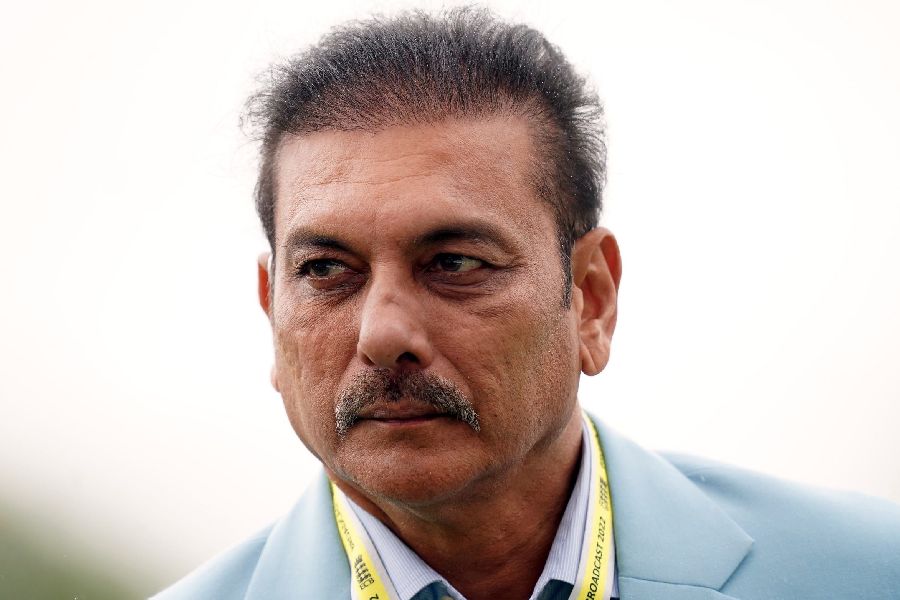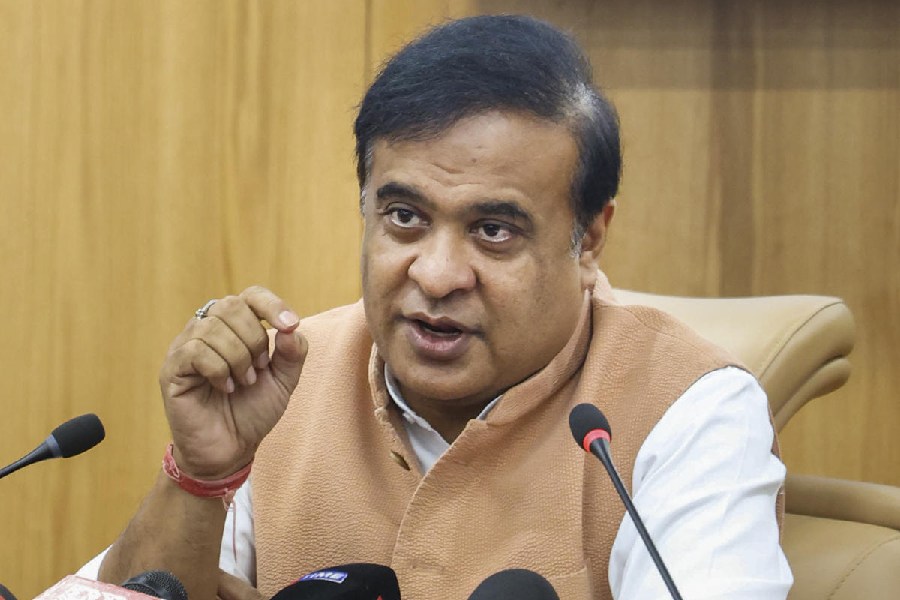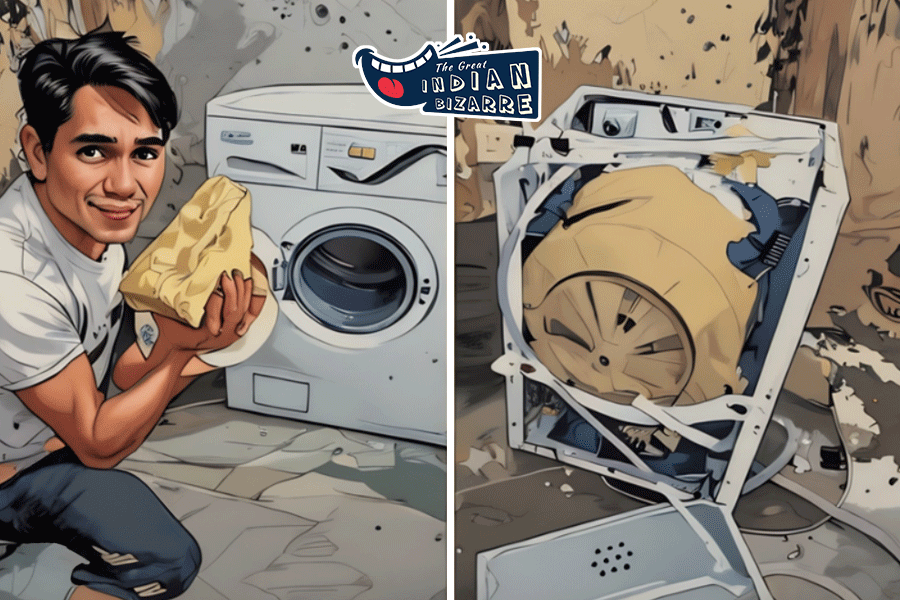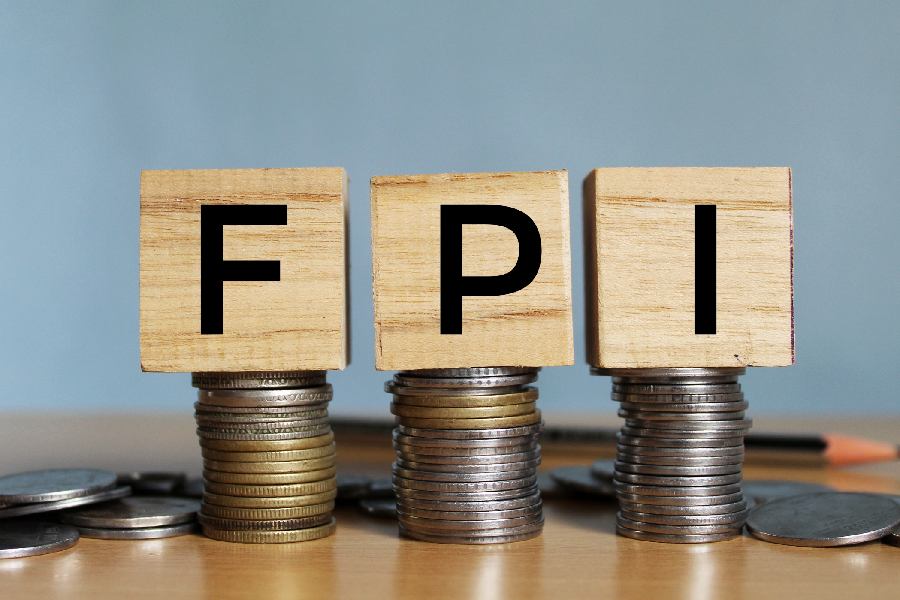While there is a general lament that lesser number of people are reading books these days, the number of book fairs, on the contrary, seem to be on an upswing with more being organised in the rural areas. People throng these fairs and not just browse but actually buy books that make them viable. Sale of books at the village fairs is actually northward bound and the trend was welcomed by all and sundry. Calcutta University vice-chancellor, Suranjan Das, who came to inaugurate the Howrah Boi Mela, was pleasantly surprised by the turnout and the proposals of newer fairs. With fair weather prevailing and lingering for some time this year, Howrah residents, too, enjoyed a trip to these fairs, soaking in the winter sun and browsing through some of the best-sellers from different publishers, brought to them under one roof near their house, on an open ground.
Howrah Boi Mela tops the list of book fairs in Howrah, having completed 26 years in 2015. This fair is organised by Howrah Boi Mela Committee under the Howrah Local Library Authority. The other book fairs, organised in various sub-divisions of Howrah, are organised by private clubs and committees. This year the mela sold books worth Rs 25 lakh, a jump of Rs 3 lakh from last year. The sale of books at the fair has been on the rise.
Among the village book fairs, the oldest is Bagnan Boi Mela and the youngest is the one at Jagatballavpur. A new entrant this year is the Ganga Bakshe Boi Mela, organised for the first time on the Hooghly by the Howrah Boi Mela Committee. The floating book fair was a success, having sold books worth Rs 5 lakh.



Pictures by Gopal Senapati, Anup Bhattacharya
Bagnan Boi Mela
The first Saturday of the first month each year is reserved for the opening ceremony of Bagnan Boi Mela. It’s a nine-day fair with an average of 45 stalls and all the big names in publishing, attending. Bagnan Boi Mela is organised by Blue Star Science and Cultural Association and in 2015, the mela stepped into its 20th year. The fair was earlier held on the ground of Bagnan Girls’ High School, but later shifted to a ground near Chitrabani Cinema Hall for lack of space. It is being held at this venue for the past six years.
Publishers from Calcutta like Ananda, Mitra O Ghosh, Dey’s Publishing, Deb Sahitya Kutir, Saibya and others come to the fair, hoping to do brisk business through the nine days. “The publishers are generally never disappointed at our fair.
The motto of our fair is to inspire people to come to the fair and buy at least one book,” said Aloke Kumar Mitra, the secretary-cum-treasurer of Blue Star Science and Cultural Association. “Sometimes there are too many book fairs taking place at the same time, so publishers cannot make it themselves. So, we ask them to send their books and we take the responsibility of selling them at the fair. We also ask the members of local self-help groups to help out at the fair,” said Mitra.
The average footfall at the Bagnan book fair is around 5,000 per day. Not just local people, there are visitors from far-off areas as well. “We get many visitors from Uluberia, Kulgachhia, Birshibpur and also from Midnapore,” said Mitra.
Although Bengali titles sell the most at this village fair, English titles are also available. This year, Wonderland Publications came with their management and science reference books to the Bagnan fair for the first time. MA Book Stall is another bookseller that comes from Calcutta with a bunch of old books. Most of the titles available at this stall are rare books.
The sale of books at Bagnan Boi Mela has increased through the years. Books worth Rs 6.5 lakh were sold at the fair this year. The number has increased in the past four years. “In 2012 we had sold books worth Rs 3 lakhs, in 2013 the number increased to Rs 4.5 lakh, in 2014 it was Rs 5.5 lakh. This has happened more because we constantly motivate people to buy books for themselves and also to gift to others,” said Mitra. Many local libraries also make bulk purchase of books at the mela.
Celebrity guests are invited to visit the fair. Writers like Sankar, Buddhadeb Guha, Sanjib Chattopadhyay, Suchitra Bhattacharya have all visited this fair at some time. Cultural programmes at the fair are also a draw and give lesser known and budding artistes a chance and a platform to perform.
Domjur Boi Mela
It is one of the largest book fairs close to Howrah town with about 100 bookstalls. The Domjur Stadium ground is packed with people who come to the fair everyday. Usually organised in the month of December every year, Domjur Boi Mela is a nine-day long fair. The book fair turned 10 last year, since its inception in 2005. The opening of the book fair is marked by a walk from Nehru Balika Vidyalaya near Domjur Police Station, to the stadium ground.
The organisers, Sampriti, work hard to bring the best names in publishing to this fair. “We always have Dey’s Publishing, Ananda Publishers, Nirmal Book Agency, Mitra O Ghosh, Deb Sahitya Kutir, Gita Press and a host of other publishers, who come from Calcutta to take part in our fair,” said Bapi Thakur, the general secretary of Sampriti. English publishers are generally not seen at this fair. “We do not try to bring English book publishers because their prices are generally steep as compared to Bengali books,” said Thakur.
According to the organiser, Domjur Boi Mela can be compared to any other big book fair in Howrah or Calcutta. “Our book fair was adjudged one of the ten best book fairs of the state at Sonarpur Boi Mela this year,” said Thakur. However, the success of the fair does not depend on the local people of Domjur. “There is little cultural inclination in the people of Domjur because they are mainly from the industry. However, because of Domjur’s topography, people from other parts of Howrah and Hooghly come to the mela. People come from Sankrail, Bally, Salap, Bankra and Dasnagar on one side and from Dankuni and Furfura Sharif in Hooghly from the other,” said Thakur.
Last year’s mela sold a good Rs 9.5 lakh worth of books. “Sales generally range between Rs 7-8 lakhs every year. Initially, when the fair started in 2005, for the first five years, sales stood at Rs 3-5 lakhs,” said Thakur. The motivating factor for buying books at this fair is the extra 20 per cent discount that is given by the book fair committee. “When the fair starts, sales are generally low. So, we offer an extra 20 per cent discount, over and above the 10 per cent that booksellers give at the stalls, for people who buy books worth Rs 500 or above. For those who buy books worth Rs 3,000 and above, we give 25 per cent discount. Libraries and school students get a straight 25 per cent discount on any purchase,” said Thakur.
The mela committee also felicitates poor but meritorious students and sportspersons from Howrah.

Amta Boi Mela
Phatik Chandra Chakraborty, a resident of Amta, had initiated Amta Boi O Sanskritik Mela in 2002, after he was inspired by a grand book fair at Basirhat. “I was the deputy magistrate of Basirhat and I felt that I should organise a similar fair at Amta as well,” said Chakraborty. The first fair was a grand affair with author Shirshendu Mukherjee inaugurating the mela. Every year, Chakraborty would form a new mela committee comprising local people. Publishers from Calcutta would be invited to take part in the fair and members of Sanskar Bharati would perform at cultural programmes at the fair.
A total of 20 to 25 bookstalls would be made at the venue that was the playground of Amta Girls’ High School. It was a five-day fair and visitors would have to pay Rs 2 for entry. Publishers like Ananda, Dey’s Publishing, Nirmal Book Agency, Sishu Sahitya Kutir and other publishers would come to the fair and sales would range from Rs 80,000 to one lakh every year.
“The publishers usually did not bring a good collection of books at that time. The reason being that the duration of the fair was short,” said Chakraborty. The footfall ranged from 1,500 to 2,000 people a day and all of them were from Amta itself.
Since 2012, things have changed, however. Amta Boi O Sanskritik Mela Samity became a registered organisation that now organises the book fair every year. The time for the fair is fixed between December 25 to 29, coordinating the fair with the winter vacations of the school. Last year’s fair was extended by two days till December 31.
However, the mela’s character has changed from a book fair to more of a cultural fair. There are more handicraft, toys, fast food and household goods stalls than bookstalls. The number of bookstalls is not more than 15. A few publishers and some local booksellers are seen at the fair. Sale of books has dropped to just about Rs 10,000. “There is no ambience of a book fair. People are more interested in buying knick-knacks and other things, than books at this fair,” said Dibyendu Chakraborty, the co-founder of the fair.

Jagatballavpur Boi Mela
This four-year-old fair has not grown into a full-fledged book fair as yet. The fair is held from December 25 to January 1 at the Jagatballavpur High School ground. However, only eight to nine stalls of the fair are dedicated to books. The rest sell toys, utensils, handicraft and, of course, jalebis and other fast food. The few publishers like Dey’s Publishing and Mitra O Ghosh that come to the fair, try to get whatever little business they can. “Most of the educated people live in Jagatballavpur village itself and some others come from Hooghly’s Jangipara. But the rest are mainly farmers or labourers. They understand little about books and come, primarily, to see a village fair and watch the cultural programmes,” said Biman Chakraborty, the secretary of Jagatballavpur Boi Mela Committee, the organiser of the fair.
The fair is a source of entertainment for people in the villages. Chakraborty, however, feels that selling books with other items will attract more people to the fair and they just might end up buying books while browsing through the stalls.
Cultural programmes like recitation, Nazrulgeeti, magic shows also pull crowds to the fair. “Last year’s fair was a grand success. We had not expected such a huge crowd,” said Chakraborty. He could not, however, say much about the sale of books. He could only say that Dey’s Publishing sold books worth Rs 22,000.

Bargachhia Boi Mela
This book fair turned five last year December. The eight-day fair is organised at the beginning of December at the ground adjoining the Bargachhia Medical Centre. This year’s fair had 21 bookstalls apart from other stalls selling miscellaneous items. Deb Sahitya Kutir was the only big name in publishing that was seen at the book fair this year. “We have been requesting publishers to come to the book fair for the past few years, but they keep telling us that they would like to see how popular the fair is before they participate,” said Kumar Jyoti Banerjee, the secretary of Bargachhia Boi Mela Committee, that organises the fair.
The fair is timed well so that it begins and ends just before the opening of Domjur Boi Mela. Many people from Amta, Jagatballavpur and Jangipara in Hooghly come to the fair. “Four years back, we thought of organising this fair because there are about 22 higher secondary schools and a college in this area. Youngsters are slowly losing the habit of reading and we want to inspire them to read good books. We organise seminars and discussions at the fair where we invite speakers to talk about reading and the importance of books,” said Banerjee.
The sale of books has increased over the years. According to Banerjee, people have started taking interest in books again. “We go to stalls individually asking them how much they have sold. Those who had sold books worth Rs 15,000 to 20,000 in the previous year, have sold close to Rs 40,000 this year,” said Banerjee. Programmes on folk culture are also held here.

Boi Mela











